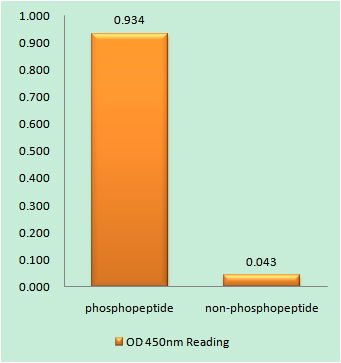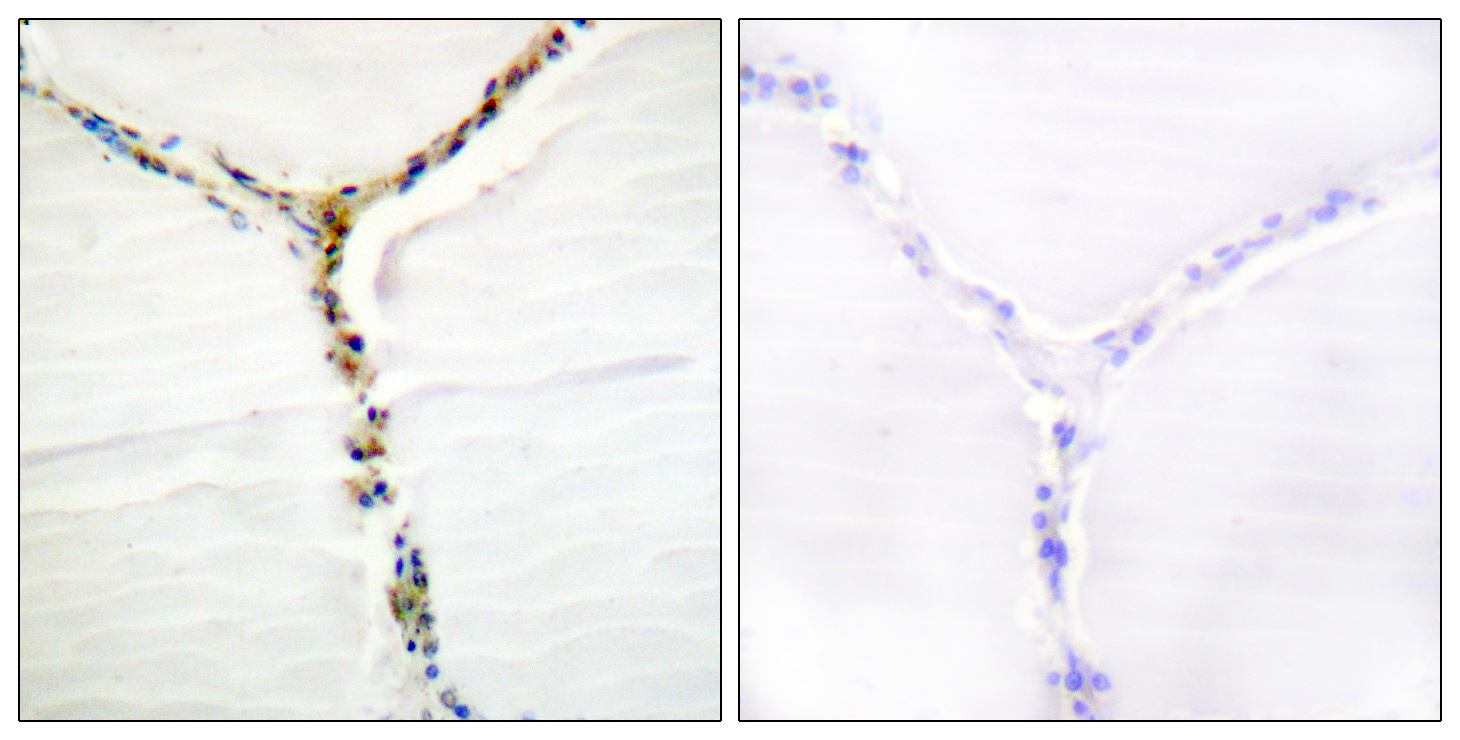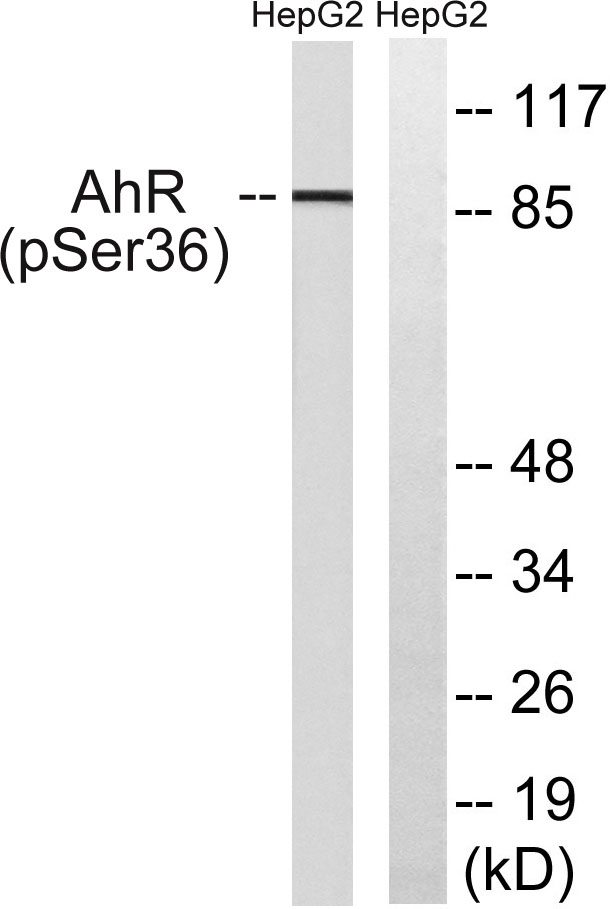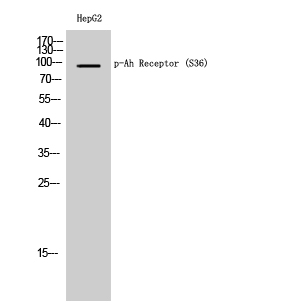产品名称
Ah Receptor (phospho Ser36) Rabbit Polyclonal Antibody
别名
AHR; BHLHE76; Aryl hydrocarbon receptor; Ah receptor; AhR; Class E basic helix-loop-helix protein 76; bHLHe76; AHRR; BHLHE77; KIAA1234; Aryl hydrocarbon receptor repressor; AhR repressor; AhRR; Class E basic helix-loop-helix protein 77; bHL
蛋白名称
Aryl hydrocarbon receptor
存储缓冲液
Liquid in PBS containing 50% glycerol, 0.5% BSA and 0.02% New type preservative N.
Human Gene Link
http://www.ncbi.nlm.nih.gov/sites/entrez?db=gene&term=196
Human Swissprot No.
P35869/A9YTQ3
Human Swissprot Link
http://www.uniprot.org/uniprotkb/P35869/entry
Mouse Gene ID
11622/11624
Mouse Gene Link
http://www.ncbi.nlm.nih.gov/sites/entrez?db=gene&term=11622
Rat Gene Link
http://www.ncbi.nlm.nih.gov/sites/entrez?db=gene&term=25690
Rat Swissprot No.
P41738/Q75NT5
Rat Swissprot Link
http://www.uniprot.org/uniprot/P41738
免疫原
The antiserum was produced against synthesized peptide derived from human AhR around the phosphorylation site of Ser36. AA range:2-51
特异性
Phospho-Ah Receptor (S36) Polyclonal Antibody detects endogenous levels of Ah Receptor protein only when phosphorylated at S36.
稀释度
WB 1:500 - 1:2000. IHC 1:100 - 1:300. ELISA: 1:5000.. IF 1:50-200
宿主
Polyclonal, Rabbit,IgG
背景介绍
The protein encoded by this gene is a ligand-activated helix-loop-helix transcription factor involved in the regulation of biological responses to planar aromatic hydrocarbons. This receptor has been shown to regulate xenobiotic-metabolizing enzymes such as cytochrome P450. Before ligand binding, the encoded protein is sequestered in the cytoplasm; upon ligand binding, this protein moves to the nucleus and stimulates transcription of target genes. [provided by RefSeq, Sep 2015],
组织表达
Expressed in all tissues tested including blood, brain, heart, kidney, liver, lung, pancreas and skeletal muscle. Expressed in retinal photoreceptors (PubMed:29726989).
细胞定位
Cytoplasm . Nucleus . Initially cytoplasmic; upon binding with ligand and interaction with a HSP90, it translocates to the nucleus. .
功能
function:Ligand-activated transcriptional activator. Binds to the XRE promoter region of genes it activates. Activates the expression of multiple phase I and II xenobiotic chemical metabolizing enzyme genes (such as the CYP1A1 gene). Mediates biochemical and toxic effects of halogenated aromatic hydrocarbons. Involved in cell-cycle regulation. Likely to play an important role in the development and maturation of many tissues.,induction:Induced or repressed by TGF-beta and dioxin in a cell-type specific fashion. Repressed by cAMP, retinoic acid, and TPA.,similarity:Contains 1 basic helix-loop-helix (bHLH) domain.,similarity:Contains 1 PAC (PAS-associated C-terminal) domain.,similarity:Contains 2 PAS (PER-ARNT-SIM) domains.,subcellular location:Initially cytoplasmic; upon binding with ligand and interaction with a HSP90, it translocates to the nucleus.,subunit:Binds MYBBP1A (By similarity). Efficient DNA binding requires dimerization with another bHLH protein. In the nucleus, heterodimer of AHR and ARNT. Interacts with coactivators including SRC-1, RIP140 and NOCA7, and with the corepressor SMRT. Interacts with NEDD8 and IVNS1ABP.,tissue specificity:Expressed in all tissues tested including blood, brain, heart, kidney, liver, lung, pancreas and skeletal muscle.,
纯化
The antibody was affinity-purified from rabbit antiserum by affinity-chromatography using epitope-specific immunogen.




